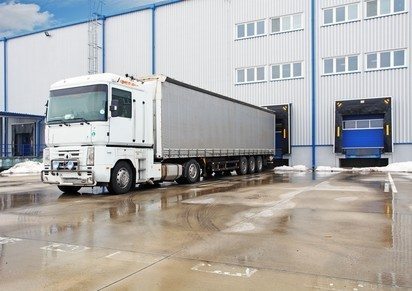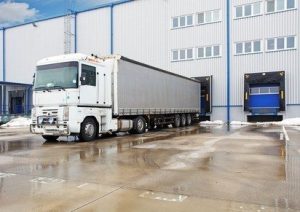It seems surreal to think that we’ve been talking so much about driverless trucks. Most of us probably never thought this could happen. But here we are, in a new day and age, and it is certainly happening whether we like it or not.
But, the question is, what changes have taken place since driverless trucks started being used more often? Has the supply chain been altered at all? These are the questions we’re here to answer today.
Why are Driverless Trucks Necessary?
The reality is that most accidents are caused by human negligence or errors. If you think about it, the number one problem today is distracted driving. When humans are removed from the equation, the number of accidents should go way down.
In addition, our country is facing a truck driver shortage that is unlike anything we’ve seen before. The drivers we do have tend to maintain about a 40% utilization factor within 24 hours. They are not able to drive as long as companies wish they could.
How Will the Supply Chain be Impacted?
Experts believe that the supply chain will be affected in three key areas:
*A Decrease in Distribution Centers – With so many trucks being able to travel much longer miles each day, fewer distribution centers will be necessary. The ones that remain may be further apart and much larger.
*Delivery Speed – Customers will be able to get their orders much faster than they did previously.
*Product Costs – Costs are expected to go down significantly, which is great for the market as a whole.
At DJ Products, we offer the best in terminal tractors and other products to help your company function at its best. If you have questions about our terminal tractors, contact us!









